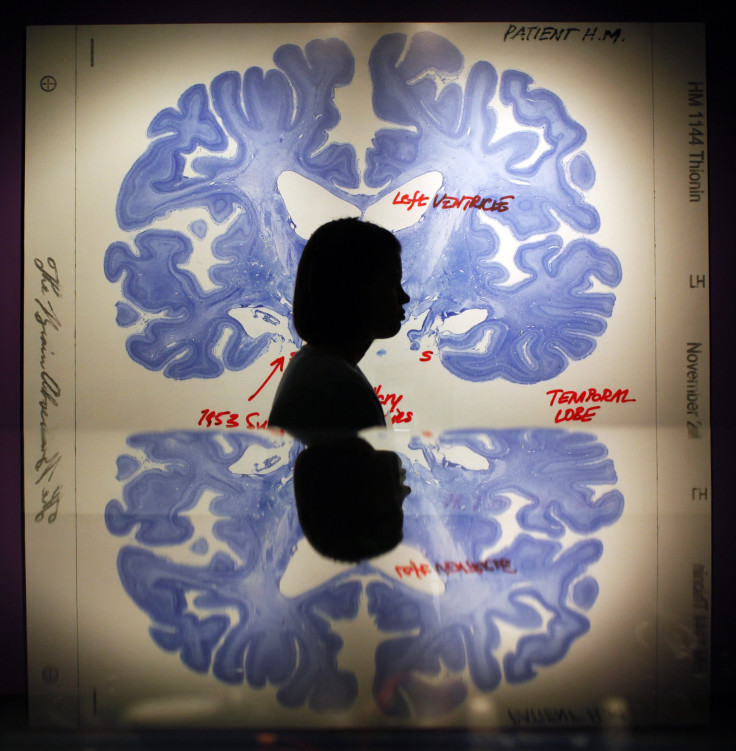Scientists Pinpoint Memories of Fear in Brain

Fight or flight: those are two general animal responses to the feeling of fear. While researchers were aware that the brain region called the amygdala had an important role in the feeling of fear, they were not certain about just what processes were involved in the controlling, learning and memorization of fear. The study has found that certain neurons have an integral role in the learning of fear. Understanding these mechanisms could lead to enhanced therapy for patients with post-traumatic stress disorder and other abnormal fear-related conditions.
Research had indicated that the central amygdala, particularly the lateral subdivision, lit up in the brains of certain types of laboratory mice. "Neuroscientists believed that changes in the strength of the connections onto neurons in the central amygdala must occur for fear memory to be encoded," Cold Spring Harbor Laboratory assistant professor Bo Li said in a statement, "but nobody had been able to actually show this."
In order to test this theory, researchers trained mice to respond when they heard a particular auditory cue. When they heard it, the mice would freeze - a typical fear-based response. At the same time, researchers used a gene that encodes for a light-sensitive protein. Then they implanted a tiny cable containing the neurons in this area. When shining a laser at the mice, the neurons were automatically activated.
Researchers found that there are two sets of neurons that are activated with fear. Both respond differently. One set is able to better communicate via neurotransmitters while feeling fear; the other sees their communication ability diminished. Fear conditioning changed the release of neurotransmitters. One set of neurons, called somatostatin-positive or SOM+ neurons, were of particular importance; researchers found that, when they prevented the activation of these neurons, the mice's ability to learn fear was severely diminished.
The study was recently published in the journal Nature Neuroscience.
Published by Medicaldaily.com



























